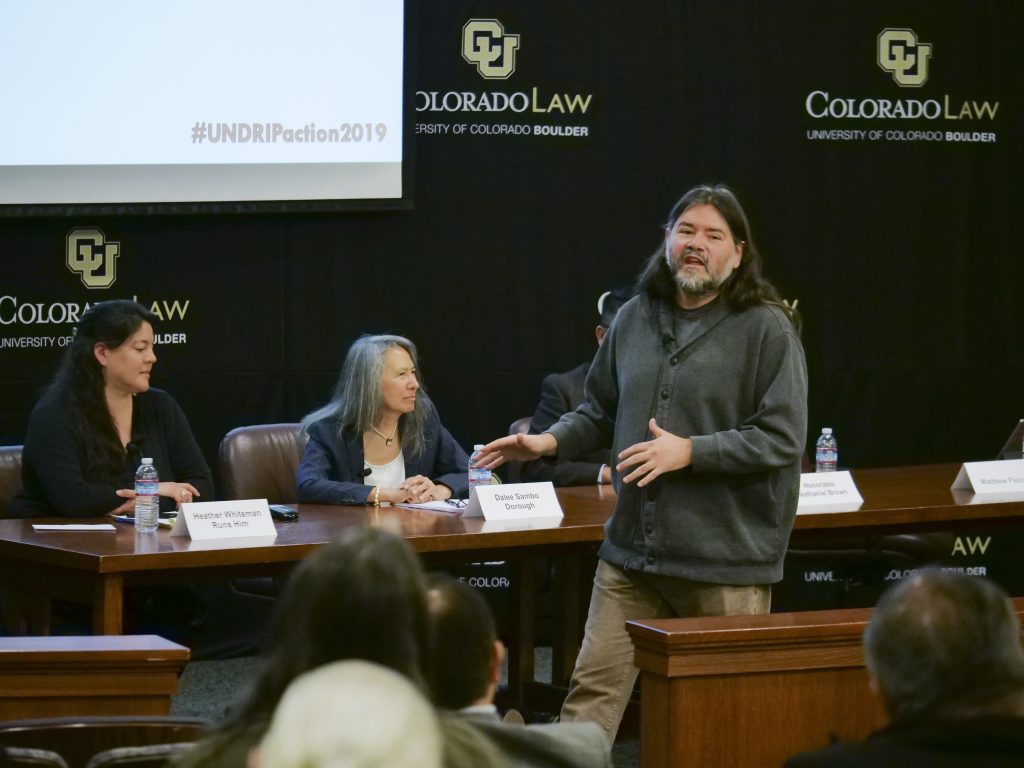The principle of self-determination for indigenous peoples is the foundational norm upon which implementation of the Declaration in the United States should be based. All other rights recognized by the Declaration flow from this foundational norm. Self-determination “entitles individuals and groups to meaningful participation, commensurate with their interests, in episodic procedures leading to the development of or change in the governing institutional order” and “enjoins the governing institutional order itself to be one under which individuals and groups may live and develop freely on a continuous basis.”

Indigenous peoples have worked for generations to advance tribal sovereignty. These advancements have occurred through a determined project of tribal advocacy, and often through the vision of inspired leadership. American Indian tribes have made great strides toward self-determination, especially since the 1950s, coming back from the brutal assaults of the Termination Era to lobby for federal legislation, rebuild tribal governments, reclaim treaty rights, and revitalize tribal culture. Indeed, today, propelled in large part by Indian peoples’ own resilience and hard work, many tribal governments are flourishing. Recent accomplishments in the legislative arena—especially the Tribal Law and Order Act and reauthorization of the Violence Against Women Act—restoring tribal jurisdiction over certain violent crimes committed by non-Indians against intimate partners show progress in decolonizing federal Indian law and improving the well-being of American Indian people.
Advocates and friends should draw strength from indigenous leaders of previous generations and take up the mantle of advocacy. Indigenous leaders and advocates should also study other social movements, such as the Civil Rights movement of the 1960s and the LGBTQ rights movement of the 2000s, to learn important strategic lessons that will enhance our efforts. The indigenous rights movement, must at the same time, stay true to indigenous peoples’ histories and cultural values through connection to traditional ceremonial leaders and grassroots indigenous organizations.
